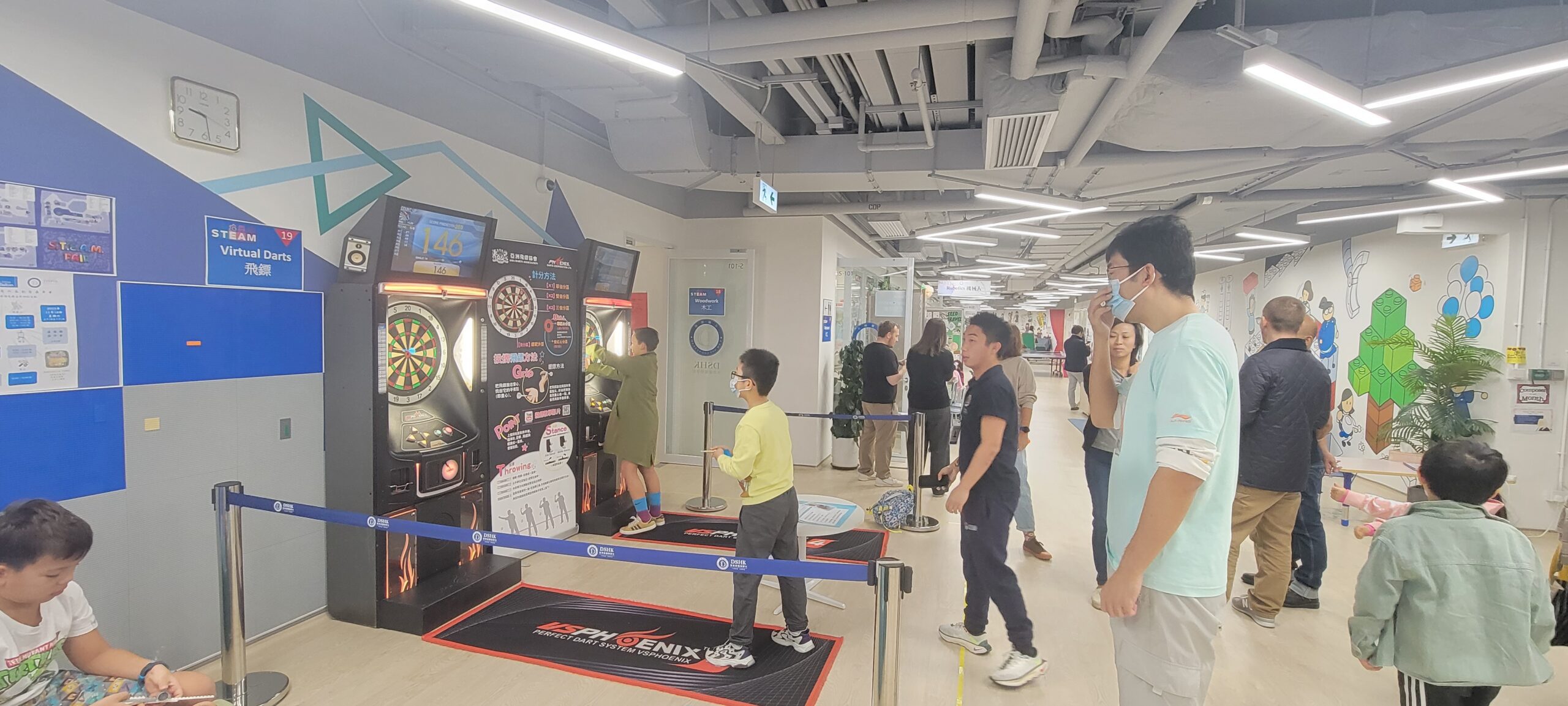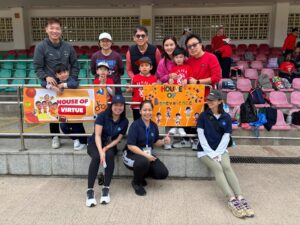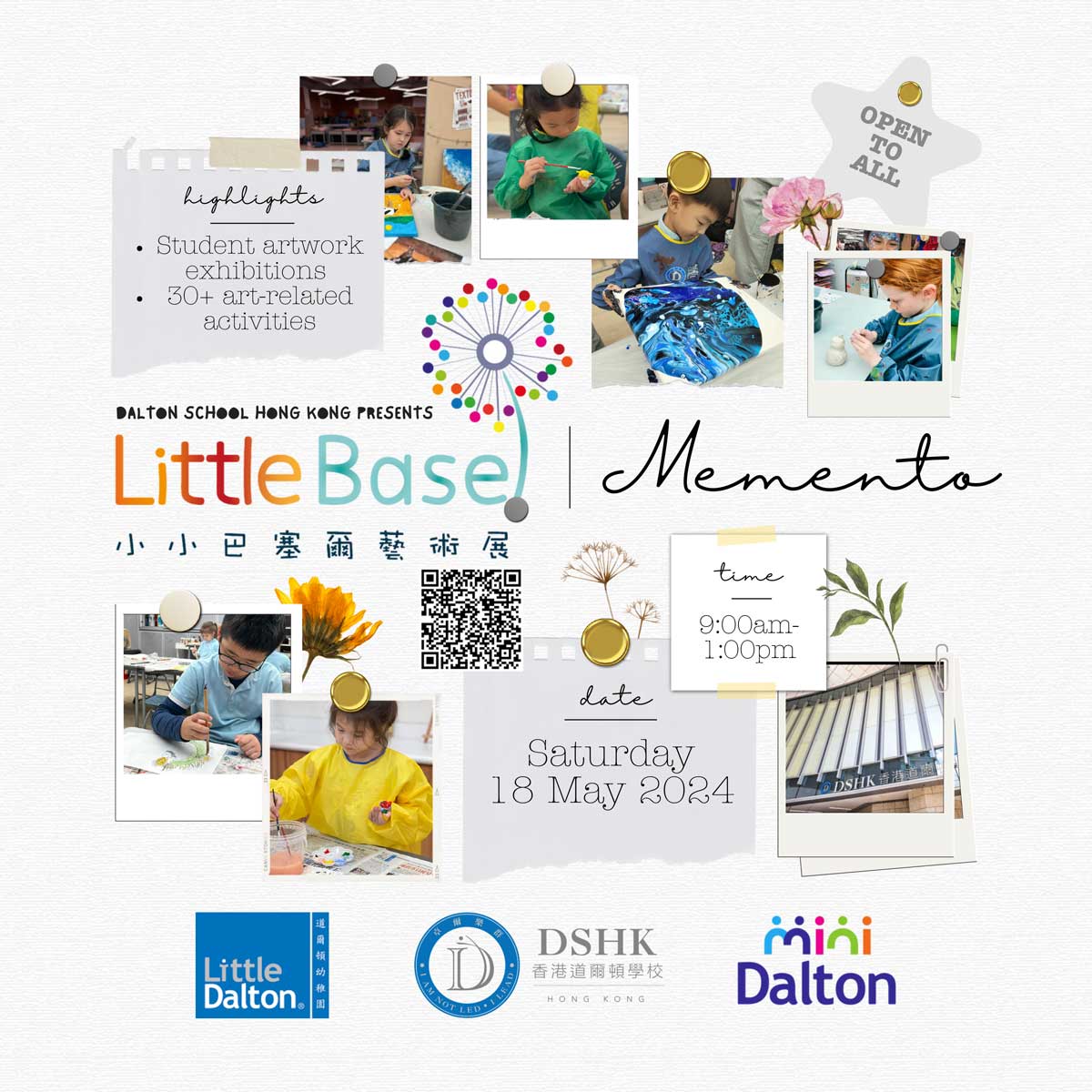In a literal sense, S.T.E.A.M. is simply the acronym of Science, Technology, Engineering, Art, and Mathematics. However, at DSHK, we define S.T.E.A.M. as a creative problem solving practice, where students apply their knowledge of science, technology, engineering, art, and/or mathematics to solve real problems. One of the most beautiful parts of the S.T.E.A.M. learning process is the “productive struggle.”
Productive Struggle
Productive struggle is the “sweet spot” of learning, where students independently grapple with something of appropriate challenge. When productively struggling, students enter the “learning pit”, which James Nottingham describes as the place where students take intellectual risks and step out of their comfort zone. Students are encouraged but not rescued. They are trusted to tinker, make mistakes, and try another way. For a problem to facilitate productive struggle, it can’t be too easy or too prescriptive. It must be difficult but not so difficult that it is defeating. This is what we call a “just right” problem.
Why Allow Students to “Struggle?”
During productive struggle, students cultivate habits like persistence and thinking flexibly. They learn to embrace mistakes and nurture a growth mindset, as defined by Carol Dweck, because they realize that they can do hard things (without relying on our help). Importantly, they avoid developing a learned dependency, where they expect an adult to show them how to do something or give them an answer. Further, students who embrace productive struggle perform significantly better on exams later in life, averaging 10-20 points higher, depending on the study (Deslauriers et al, 2019).
Productive Struggles in Action
DSHK’s S.T.E.A.M. curriculum and pedagogy, along with the inquiry cycle, are designed to promote many opportunities for students to productively struggle. Here are 3 recent examples:
- G6 Robotics Elective: Students were asked to program the Gomer “robot” to complete the assigned mission. They were given a prompt and language to describe their program. The rest was up to them. What followed was a collaborative process of students trying, failing, and trying again, to complete the mission. Time flew by, and it wasn’t until the very end of the class that one of the groups was able to accurately complete the mission. Regardless, the challenge was right and the learning was real.
- G3 Theater Design: Students were asked to design their own movie theaters and determine an efficient way to find the number of seats. Students creatively designed rectangular arrays, as well as some other interesting arrangements. This led to some discovery of the Distributive Property of Multiplication. When speaking to Ding Laoshi about the task, she humorously described herself as the “lazy” teacher because she finds herself standing back and observing the creative ways that students design and solve the problem. In reality, she is masterfully encouraging productive struggle by engaging students in a relevant task that is rich in content that also allows for multiple ways for students to solve. She is not simply showing students what to do and having them practice, but instead, trusting them to design and solve problems independently.
- G2 Math: We recently received some dart machines, and G2 was tasked with finding the sum of 3 darts thrown. Then, they were asked to compare quantities and strategize a way to “outscore” their opponent. Throughout this process, students were trusted to solve the problem independently and collaborate with a peer on how they might outscore their opponent. This led to flexible mental math strategies, as well as a persistent attempt to outscore the opponent. In fact, Ms Melissa reported that students wanted to stay after class to finish their task sheet! Giving students the opportunity to “productively struggle” in a subject like math is particularly important because advanced mathematics requires students to think outside the box to solve non-routine problems.





